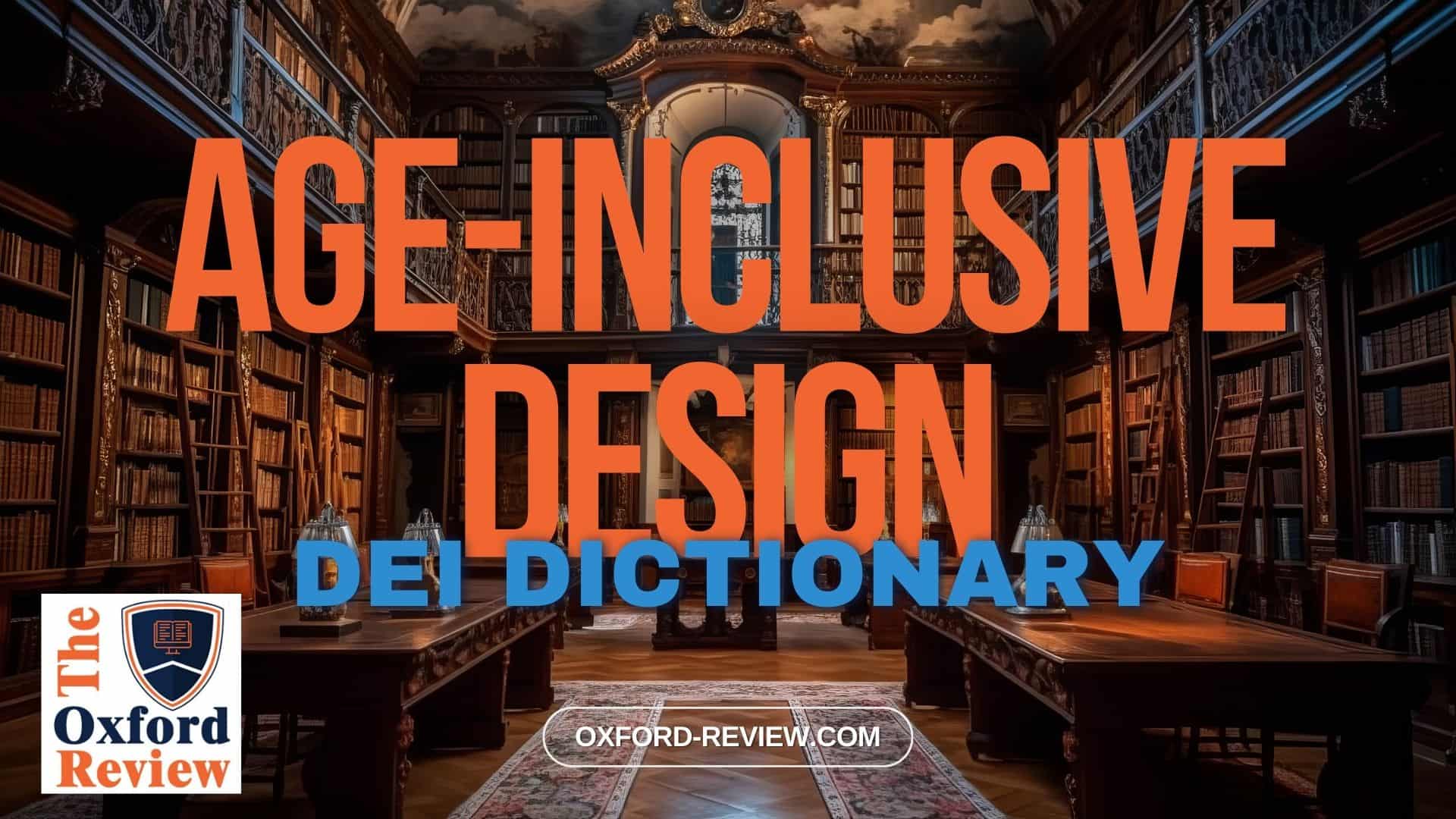Age-Inclusive Design – Definition and Explanation

Understanding Age-Inclusive Design: Crafting Environments for All Ages
In today’s rapidly evolving world, the concept of Diversity, Equity, and Inclusion (DEI) has gained significant traction across various sectors. One often overlooked aspect of DEI is Age-Inclusive Design.
Definition:
Age-Inclusive Design refers to the practice of creating products, services, and environments that consider the needs and preferences of individuals of all ages, particularly focusing on the elderly population. It aims to ensure that people can access, use, and navigate various spaces and technologies comfortably, regardless of their age.
Importance:
As the global population ages, with a significant increase in the number of older adults, it becomes imperative to design with inclusivity in mind. Age-Inclusive Design not only promotes social equity but also enhances usability and accessibility for everyone. By accommodating the diverse needs of different age groups, it fosters a sense of belonging and independence, ultimately leading to a more inclusive society.
Key Principles of Age-Inclusive Design:
- Accessibility: Ensure that products and environments are easily accessible and navigable for individuals with varying physical abilities, including older adults with mobility issues.
- Clear Communication: Use simple language, intuitive interfaces, and clear signage to facilitate understanding, especially for older adults who may have cognitive impairments.
- Adaptability: Design flexible spaces and technologies that can be easily adapted to accommodate changing needs and preferences across different age groups.
- Safety: Prioritise safety features such as non-slip surfaces, adequate lighting, and ergonomic designs to minimise risks, particularly for older adults who are more susceptible to accidents.
Example:
A prime example of Age-Inclusive Design is the redesign of public transportation systems. By incorporating features such as low-floor buses with ramps or lifts, priority seating for elderly passengers, and clear audiovisual announcements, transportation agencies can ensure that their services are accessible and user-friendly for people of all ages, including seniors with mobility or sensory impairments.
Conclusion:
Age-Inclusive Design is not just a concept; it’s a commitment to creating environments that foster inclusivity and accessibility for everyone, regardless of age. By embracing the principles of Age-Inclusive Design, businesses, organisations, and policymakers can contribute to building a more equitable and welcoming society. Let’s work together to design a future where everyone feels valued and empowered, regardless of their age.
References:
Halperin Ben Zvi, M., Briscoe, G., & Sidse, C. (2022, September). Age inclusive digital platforms. In 11th Inclusive Design Conference Helen Hamlyn Centre for Design Conference Proceedings (pp. 9-18). Helen Hamlyn Centre for Design. https://researchonline.rca.ac.uk/5207/
Subramanian, S., & De Moor, K. (2023, November). Age-Inclusive Design of Video Streaming Services: Integrating Insights and Design Implications. In International Conference on Ubiquitous Computing and Ambient Intelligence (pp. 51-56). Cham: Springer Nature Switzerland. https://link.springer.com/chapter/10.1007/978-3-031-48306-6_5
Hong, D. (2023). Age-Inclusive Design Framework for On-Demand, Shared Autonomous Vehicles (Doctoral dissertation, Massachusetts Institute of Technology). https://dspace.mit.edu/handle/1721.1/152755
Be impressively well informed

Get the very latest research intelligence briefings, video research briefings, infographics and more sent direct to you as they are published
Be the most impressively well-informed and up-to-date person around...
